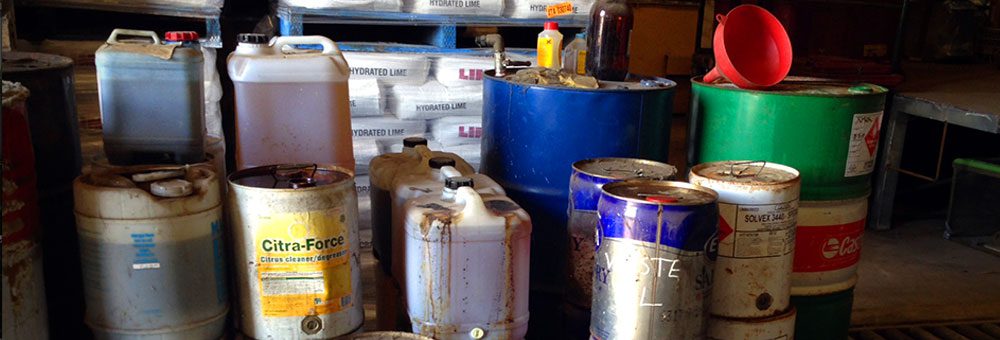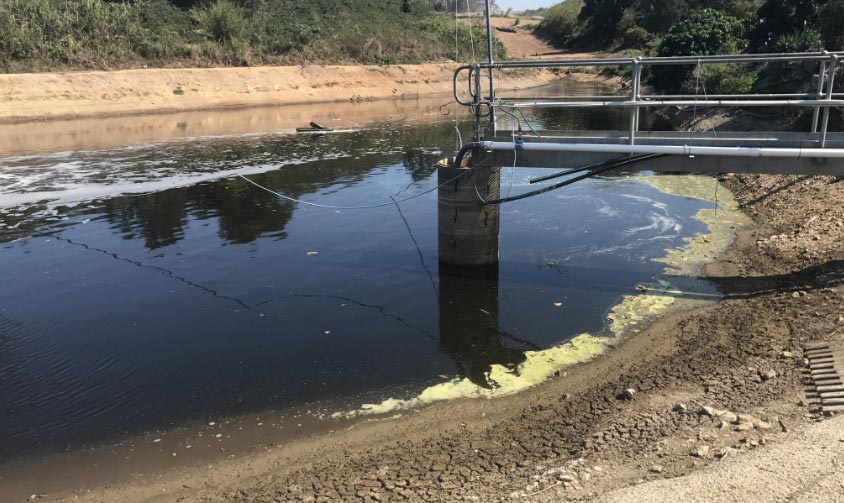Professional Liquid Waste Removal Melbourne: Maintaining Your Atmosphere Tidy
How Fluid Waste Disposal Works: A Comprehensive Overview of Methods and Technologies Used

Summary of Liquid Waste Types
The intricacy of fluid waste kinds demands a thorough understanding of their characteristics and effects for disposal. Liquid waste can generally be classified right into numerous types, consisting of commercial, metropolitan, farming, and contaminated materials. Each group shows unique properties, calling for details administration approaches to alleviate environmental and health threats.
Industrial fluid waste stems from producing processes and often has a series of pollutants, such as heavy metals, solvents, and natural compounds. Municipal fluid waste, primarily comprising wastewater from houses and industrial establishments, has raw material, nutrients, and virus (industrial wastewater treatment). Agricultural liquid waste, including overflow from farms, may include plant foods, pesticides, and pet waste, presenting risks to water high quality and environments
Unsafe liquid waste is characterized by its poisoning, sensitivity, or possible to cause damage. Recognizing these varied liquid waste types is essential for establishing effective disposal approaches and guaranteeing compliance with ecological guidelines.
Physical Therapy Methods

Testing is the preliminary action, where bigger fragments and particles are eliminated from the liquid waste utilizing screens or grates. This process safeguards downstream equipment from damage and ensures smoother procedure. Adhering to testing, sedimentation uses gravitational force to separate solids from fluids. In sedimentation containers, larger fragments clear up at the bottom, forming a sludge layer, while the clarified fluid can be additional treated.
Filtering is one more important approach that includes passing the liquid with porous materials, such as sand or membrane layers, to capture smaller particles. This step improves the quality of the fluid, making it appropriate for succeeding treatment procedures.

Chemical Treatment Techniques
Chemical treatment methods are necessary for properly taking care of liquid waste, specifically in attending to dissolved and colloidal pollutants that physical methods may not adequately eliminate. These strategies use numerous chemical agents to reduce the effects of, speed up, or transform harmful substances right into much less hazardous kinds.
One common method is coagulation and flocculation, where chemicals such as alum or ferric chloride are included in promote the aggregation of put on hold fragments. This process improves sedimentation, permitting easier elimination of the resulting sludge. In addition, oxidation procedures, employing agents like chlorine or ozone, are utilized to damage down complicated natural compounds and pathogens, providing visit homepage the waste more secure for discharge or more treatment.
Neutralization is one more vital strategy, which changes the pH of acidic or alkaline waste streams to neutral degrees, avoiding possible injury to downstream systems and the setting. Furthermore, advanced oxidation procedures (AOPs) make use of mixes of oxidants and ultraviolet light to weaken persistent pollutants, achieving a higher degree of therapy performance.
Organic Therapy Procedures
Biological therapy processes play an important duty in the monitoring of fluid waste by using microbes to decompose organic issue and lower impurity degrees. These processes can be generally classified into cardiovascular and anaerobic treatments, each employing specific microbial areas to attain reliable waste deterioration.
Cardiovascular therapy entails using oxygen to promote the breakdown of organic materials by bacteria. This procedure is generally carried out in triggered sludge systems, where aeration storage tanks offer a conducive setting for microbial growth, resulting in the oxidation of organic toxins. The resultant biomass can be divided from treated effluent through sedimentation.
On the other hand, anaerobic treatment occurs in the lack of oxygen, counting on different microorganisms to damage down raw material. This technique is particularly advantageous for high-strength waste, as it creates biogas, a renewable resource resource, while reducing sludge manufacturing. Technologies such as anaerobic digesters are often employed in commercial and community applications.
Both anaerobic and cardiovascular biological therapies not only minimize the ecological impact of fluid waste however also promote resource recuperation, making them crucial components of lasting waste management approaches. Their efficiency, performance, and adaptability sustain their prevalent application throughout various markets.
Arising Technologies in Disposal
Innovative techniques to fluid waste disposal are quickly advancing, driven by developments in innovation and an increasing emphasis on sustainability. Among these emerging modern technologies, membrane layer bioreactors (MBRs) have actually gained traction for their ability to integrate organic therapy with membrane layer filtering, leading to top notch effluent that can be reused in numerous applications. MBRs enable smaller footprints and much more effective operations compared to conventional systems.
One more appealing advancement is discover this making use of anaerobic food digestion incorporated with nutrient healing innovations, which not only treats liquid waste but also generates biogas and recoups valuable nutrients like nitrogen and phosphorus. This dual advantage boosts resource effectiveness and decreases environmental impact.
Additionally, progressed oxidation procedures (AOPs) are being adopted for the deterioration of complex natural toxins. These approaches use powerful oxidants and stimulants to break down impurities at the molecular degree, providing a highly reliable option for difficult waste streams.
Furthermore, the integration of expert system and artificial intelligence in waste management systems is maximizing operational performance and anticipating maintenance, bring about minimized prices and boosted environmental conformity. These innovations reflect a substantial shift in the direction of more effective and lasting liquid garbage disposal techniques.
Final Thought
In conclusion, reliable liquid garbage disposal necessitates a comprehensive understanding of different techniques and modern technologies. The assimilation of physical, chemical, and biological therapy approaches makes certain the efficient monitoring of diverse waste kinds. Furthermore, the introduction of cutting-edge innovations boosts treatment effectiveness and advertises sustainability in waste management methods. By constantly advancing these click for source methods, it comes to be possible to attend to the expanding challenges connected with fluid waste, inevitably contributing to ecological defense and resource recovery.
Liquid waste disposal is a critical aspect of environmental administration, needing a detailed understanding of numerous strategies and technologies tailored to various waste kinds. Fluid waste can generally be classified into a number of types, including industrial, local, agricultural, and harmful waste. Agricultural liquid waste, including runoff from farms, may contain plant foods, chemicals, and animal waste, positioning risks to water quality and environments.
Numerous physical treatment approaches play a vital function in handling fluid waste efficiently - industrial wastewater treatment.In conclusion, reliable fluid waste disposal necessitates a thorough understanding of different strategies and technologies